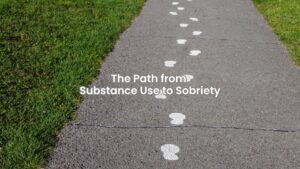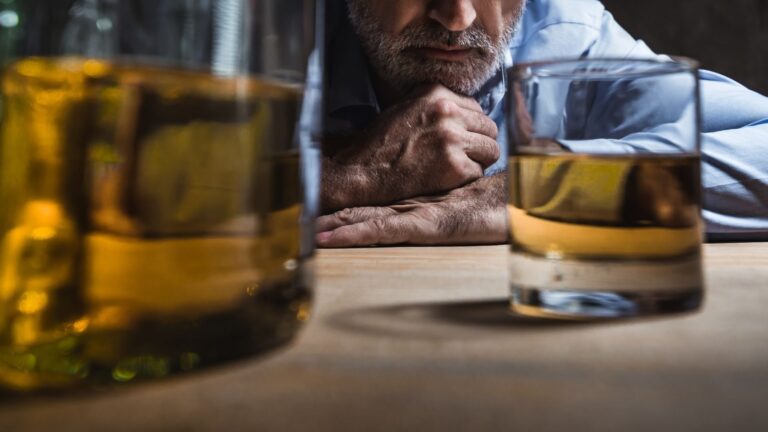Deciding to enter a drug and alcohol rehab program is a courageous step toward reclaiming your life. The uncertainty about what lies ahead can be daunting, but understanding the process can alleviate fears and prepare you for the transformative journey ahead.
Rehab isn’t a punishment—it’s a reset. It’s where you begin the work of shifting from dependence to freedom.
Let’s walk through exactly what happens from Day 1 all the way to long-term recovery.

1. Admission & Assessment
It starts with a phone call or an in-person visit. During this phase, you’ll speak with an intake specialist who will walk you through a simple but thorough assessment.
Here’s what they’re looking to understand:
- Your substance use history
- Any co-occurring mental health issues
- Physical health status
- Family or personal background
- Insurance and financial options
This is about building the right plan, not labeling you. Everyone’s story is different, and your treatment should reflect that.
2. Detox: Clearing the Body Safely
If you’ve been using substances regularly, medical detox may be the next step. This is the supervised process of letting the substance leave your body while managing withdrawal symptoms.
Depending on the severity and type of substance, detox usually lasts 5 to 10 days. It’s done in a safe, supportive setting, especially important with alcohol, benzodiazepines, and opioids, which can come with medical complications.
You can expect:
- 24/7 medical care
- Emotional support
- Nonjudgmental staff
- Medication (if needed) for comfort and safety
Detox is just the beginning. It’s like clearing the fog so you can finally see the path ahead.
3. Inpatient or Outpatient Treatment: Core Rehab Work
Once detox is complete (or if you don’t need it), you’ll move into the main stage of rehab.
You’ll typically choose between:
- Inpatient rehab (residential): You live on-site for 30+ days. Ideal for those needing structure and 24/7 support.
- Outpatient rehab (IOP or PHP): You attend therapy multiple days a week while living at home. Great for flexibility or transitioning from inpatient care.
Here’s a typical day in rehab if you’re curious.
4. The Therapy Phase
This is where healing starts to take root. Through different types of therapy and counseling, you’ll work on:
- Identifying your triggers
- Rewriting thought patterns
- Building coping tools
- Managing anxiety, depression, or trauma
- Repairing relationships
- Creating a relapse prevention plan
Common types of therapy include:
- CBT (Cognitive Behavioral Therapy) – Change destructive thinking patterns
- DBT (Dialectical Behavioral Therapy) – Regulate emotions and manage distress
- Group therapy – Share experiences and support with others
- Family counseling – Heal broken dynamics and improve communication
If you’re wondering what to expect in a rehab program, this article by Verywell Mind breaks it down beautifully.
5. Peer Support: The Power of Community
Recovery doesn’t happen alone. In rehab, you’ll meet people who get it because they’ve lived it. That sense of community can be just as powerful as therapy.
Group sessions, support meetings, and daily check-ins all remind you that you’re not broken and you’re not alone.
6. Holistic Healing: Beyond Just “Stopping Use”
At Ridgeline Recovery, we don’t just focus on addiction. We work with the whole person: body, mind, and spirit.
Many programs include:
- Mindfulness and meditation
- Nutrition counseling
- Fitness and movement classes
- Creative therapy (art, music, writing)
You’re not just quitting a substance. You’re building a life that doesn’t need it anymore.
7. Preparing for Life After Rehab: Aftercare Planning
Rehab is temporary. Recovery is for life. Before you leave, your treatment team will help you build a personalized aftercare plan.
This may include:
- Weekly or monthly therapy sessions
- Peer support (12-step meetings, SMART Recovery, etc.)
- Sober living homes
- Employment or education support
- Ongoing medication management (if needed)
The goal? Keep moving forward with structure, support, and purpose.
8. Freedom in Progress: The Ongoing Journey
Recovery isn’t a straight line. You may have setbacks. You may hit emotional walls. But every day you stay sober, you’re choosing life.
Rehab gives you tools, support, and a community. But most importantly, it gives you real, lasting, practical hope.
You don’t have to white-knuckle your way through it. You get to heal.

Ready to Start? Here’s the First Step
If you’re wondering what happens in rehab, chances are you or someone you love is ready for change.
And that change starts with a simple truth: You don’t have to stay stuck. A rehab program is your first step toward a life with clarity, connection, and control.
At Ridgeline Recovery, we walk with you through detox, therapy, relapse prevention, and life after rehab. Because you deserve more than survival. You deserve freedom.
👉 Visit Ridgeline Recovery or Contact Us to speak with someone today.







